Create your own artisanal cannery: everything you need to know to make preserves
"Canning is a profession for professionals, and must be carried out according to the rules of the trade, i.e. in compliance with regulations and good sanitary and technical practices. To make preserves, you need specific knowledge and the right equipment."
To set up your own artisanal cannery, and before starting your activity as a preserver (of animal or vegetable foodstuffs), you need to take a number of parameters into account, such as :
- Current regulations
- The development of your products
- The organization of your workshop
- The choice of material adapted to your products
- Knowledge of the critical points of the canning process
- The definition of heat treatments
- The development and validation of scales
- The controls to be carried out
- Training to be carried out
- Labeling of your products (see our sheet on labeling)
The CTCPA (Technical Center for the Preservation of Agricultural Products) as a REFERENT CENTER FOR CANNING, has identified a certain number of elements (non-exhaustive list) in order to help you create your artisanal cannery. Download the summary PDF sheet : CTCPA sheet - Create your artisanal cannery as well as our support offer.
What is a can?
Before creating a canning factory, it is necessary to know the definition of a can.
(Updated definition according to article 2 of the decree n°55-241 of February 10, 1955, recalled in October 2015 in the joint DGAL/SDSSA/ Technical Instruction n° 2015-364)
"Are considered as "preserved", the foodstuffs of vegetable or animal origin, perishable, whose preservation is ensured by the combined use of the two following techniques:
1) Packaged in a liquid- and micro-organism-proof container at any temperature below 55°C;
(2) Treatment by heat, or by any other method authorized by order of the Ministers [...]. The purpose of this treatment must be to destroy or totally inhibit, on the one hand, the enzymes, and on the other hand, the micro-organisms and their toxins whose presence or proliferation could alter the foodstuff in question or make it unfit for human consumption."
The method of manufacture of canned or canned products must ensure their biological stability under normal storage conditions at room temperature.
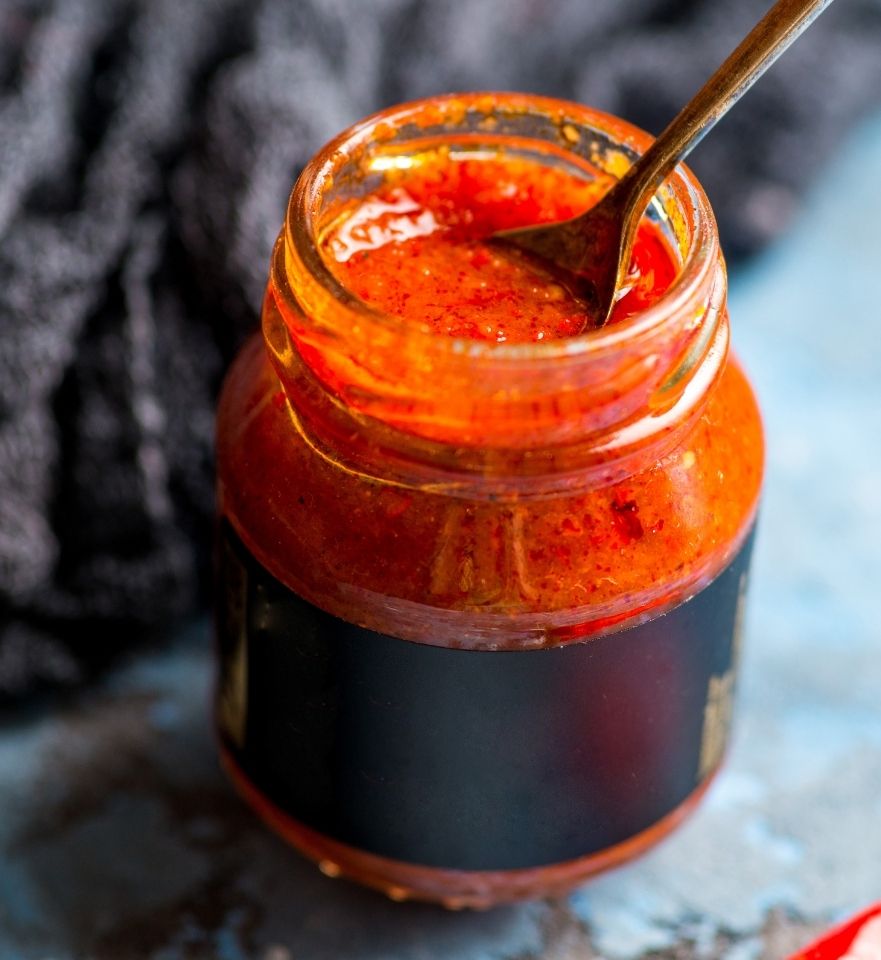
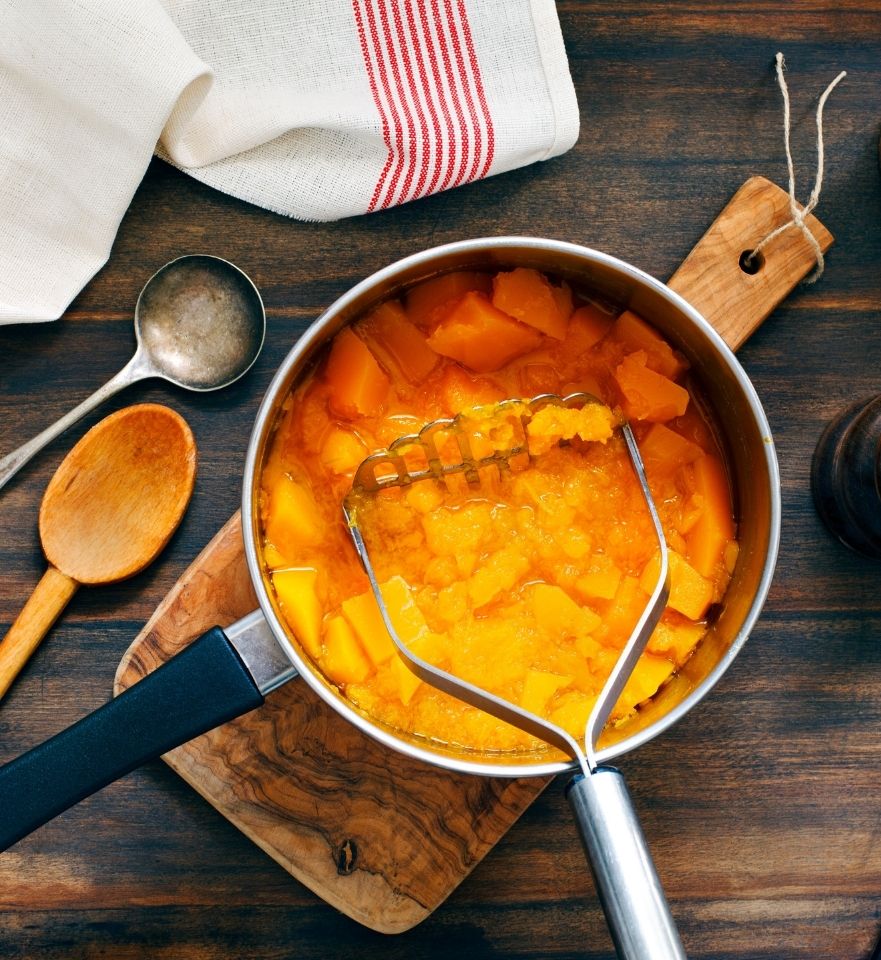
Product development: adaptation of the recipe and choice of the appropriate packaging
A domestic recipe is not always directly transposable to the artisanal level. A product development is generally necessary to optimize its composition, its process and its packaging.
The professional recipe must consist of a technical sheet detailing each step of the manufacturing process, the ingredients used as well as the quantities (the possible losses at the different steps can also be indicated).
This stage of development will allow to characterize the aptitude of a recipe to be heat treated (heat having an impact on the organoleptic qualities of your product).
The choice of the packaging will be made according to the MDD (Minimum Durability Date) desired for your product, the consumers' expectations and the aptitude of the packaging to be used in your process.
There are 3 families of packaging:
- Plastic bag / tray
- Metal box
- Glass jar
Setting up a canning workshop: choice of fittings and equipment
When you want to create an artisanal cannery, it is imperative to take into consideration the following elements
- Manufacturing in own workshop or in a subcontracting workshop
- Location of the premises (location in relation to transport routes, local raw materials, etc.)
- Presence or not of a direct sales store
- Creation on plan or redevelopment of an existing room with the taking into account of the devices already present on the site (electrical power, evacuations, ...)
- Choice of equipment and layout of the workshop according to your types of products and production volumes envisaged
Discussing your needs with a CTCPA collaborator can help you to better understand the feasibility of your project (market study) and to limit the financial risks related to bad choices of fittings or equipment.
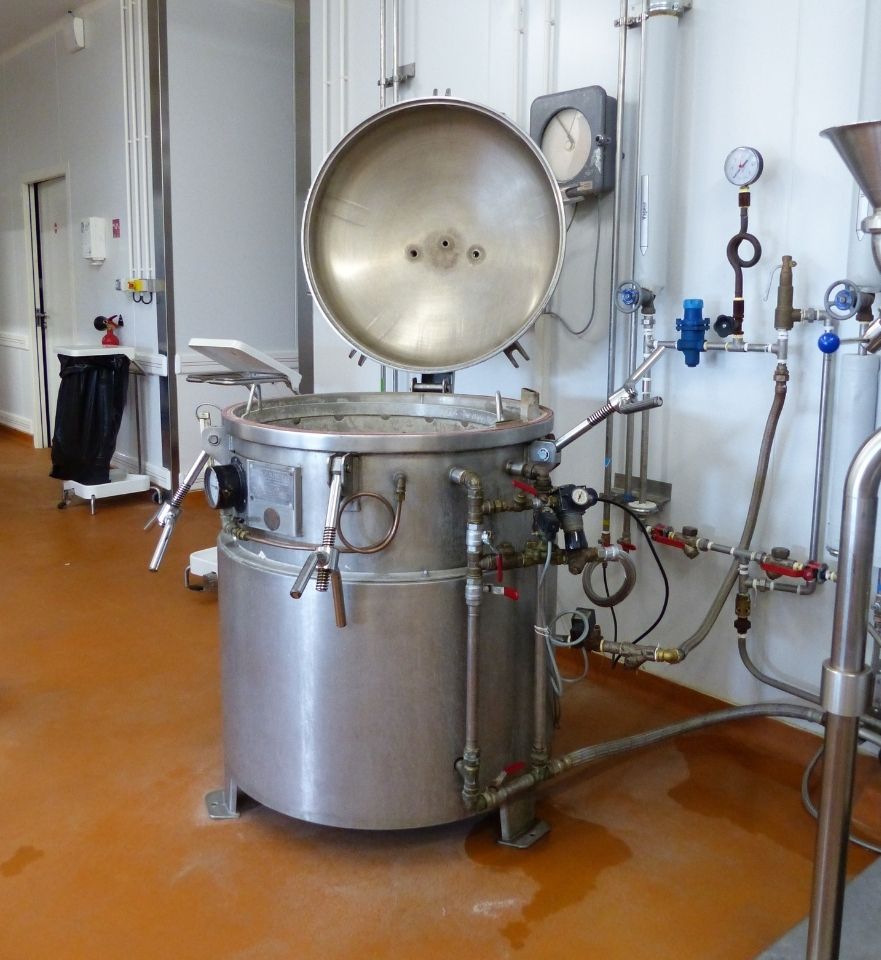
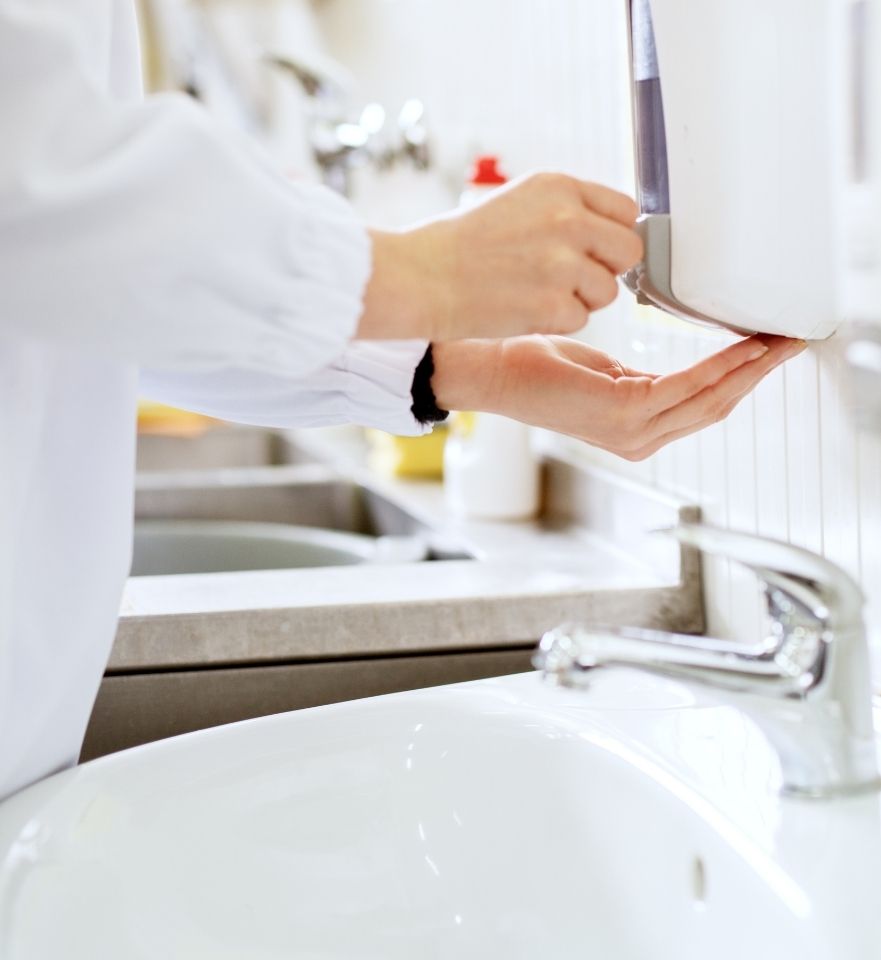
Respect the regulations in force: the hygiene package
EVERY CANNER MUST IMPLEMENT A SANITARY CONTROL PLAN AS REQUIRED BY THE REGULATIONS.
A sanitary control plan is made up of the good hygiene practices and the HACCP system of the company.
The requirements on food safety are defined, since January 1, 2006, in the "Hygiene Package". This contains two regulations that define the requirements in terms of hygiene:
- Regulation 852/2004 which applies to professionals handling plant or animal foodstuffs or food of animal origin (DAOA) delivered directly to the final consumer
- The 853/2004 regulation which applies in addition to the 852/2004 regulation to professionals handling DAOA with a sanitary approval.
The CTCPA has written for the "Canned food" sector, Guides of good hygiene practices and application of the HACCP (GBPH) to support professionals in the implementation of their sanitary control plan.
These good practices cover different aspects such as premises, staff, equipment, cleaning and disinfection, training ...
Respect the regulations in force: the guides of good practices and the veterinary approval
The CTCPA Good Practice Guides are recognized by the administration. They are sold in bookshops. Some are freely available on the website of the Ministry of Agriculture. The CTCPA distributes its GBPH.
- GBPH Prepared dishes and canned meat
- GBPH Fruit and vegetables in canned food - Not yet published. Diffusion CTCPA (50,00 €) - doc@ctcpa.org
- GBPH - Processing of foie gras palmipeds in artisanal and on-farm workshops
Another guide to canning:
- GBPH Canning activity (canning activity in addition to an activity of butcher, butcher, restaurant owner, caterer and fishmonger)
Veterinary approval Approval only concerns professionals who wish to process animal products in order to resell all or part of them to other professionals or retailers.(According to EU regulation 853/2004).
The approval procedure must be initiated before the start of work. This is done with the DD(CS)PP (Direction départementale de la protection des populations) of your department. It should be noted that the application file must, among other things, include the plans of your future workshop.

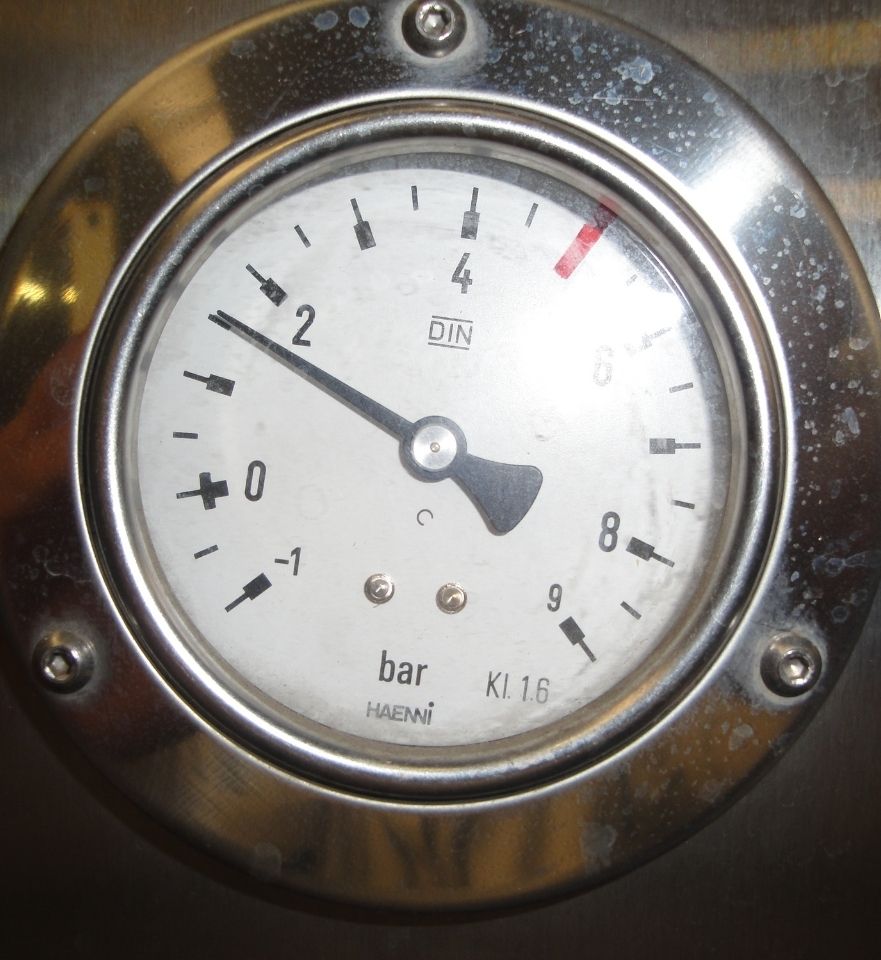
The "critical points" of canning: heat treatment
To manufacture preserves requires the mastery of 2 "critical" points:
- HEAT TREATMENT
- SEALING OF THE PACKAGING
These operations will have to be monitored in the form of self-control.
THE CHOICE OF HEAT TREATMENT AND ITS MONITORING
The method of manufacture of canned or canned products must ensure their biological stability under normal storage conditions at room temperature. There are 2 types of heat treatment:
- STERILIZATION: heat treatment at temperatures above 100°C, aimed at destroying enzymes, microorganisms in their vegetative and spore forms (and in particular Clostridium Botulinum) and their heat-sensitive toxins.
- PASTEURIZATION: heat treatment at temperatures that can be lower than 100°C, aiming at destroying enzymes and micro-organisms in their vegetative form.
A heat treatment is defined by the couple time/temperature (sterilization/pasteurization scale). Each scale depends on the packaged product, its packaging and the heat treatment equipment used.
Several factors influence the choice of heat treatment to be applied:
- ACIDITY :
- For pH values above 4.5, sterilization is necessary to eliminate heat-resistant bacteria.
- For pH below 4.5, pasteurization is sufficient to stabilize the product
- WATER CONTENT: The water activity (aw) will determine the need for heat treatment
- THE CHARACTERISTICS OF THE PRODUCT: (ratio solid/liquid, texture, weight used, size of the pieces, headspace...) are to be taken into account in order to determine the cold point (the area most difficult to heat).
- PRE-TREATMENTS (washing, trimming, pre-cooking, blanching...) allow to optimize the heat treatments.
- THE TYPE OF PACKAGING: the penetration of heat into the product is different according to each packaging (format and material).
- PASTEURIZATION/ AUTO-PASTEURIZATION (hot filling)
- STERILIZATION (with respect to the sterilizing value Fo > 3 minutes; Fo > 0.6 minutes for foie gras)
Any change in packaging or recipe must be accompanied by an adaptation of the heat treatment.
This heat treatment schedule should be validated by a competent person or organization prior to production. Thereafter, the correct application of the heat treatment must be monitored and recorded. These documents can be requested in case of control.
Find out more about the safety regulations for autoclaves.
The "critical points" of canning: the tightness of the packaging
The packaging must be liquid-tight, gas-tight (sufficiently so) and micro-organism-tight. The canner will have to guarantee the tightness of his packaging before placing it on the market.
Some examples of controls to be carried out according to the type of packaging
- Sterilizable bag -> no leaks (visual check of the seal)
- Metal box (crimp control)
- Glass jars (measurement of internal vacuum and commitment)
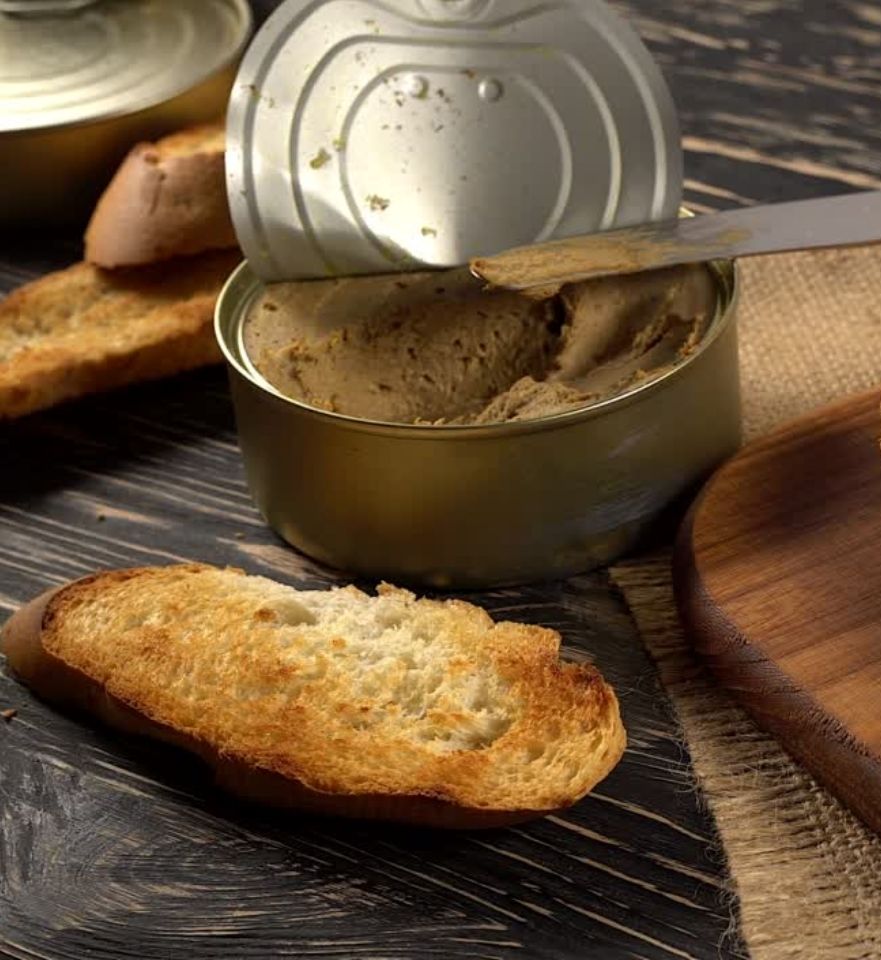
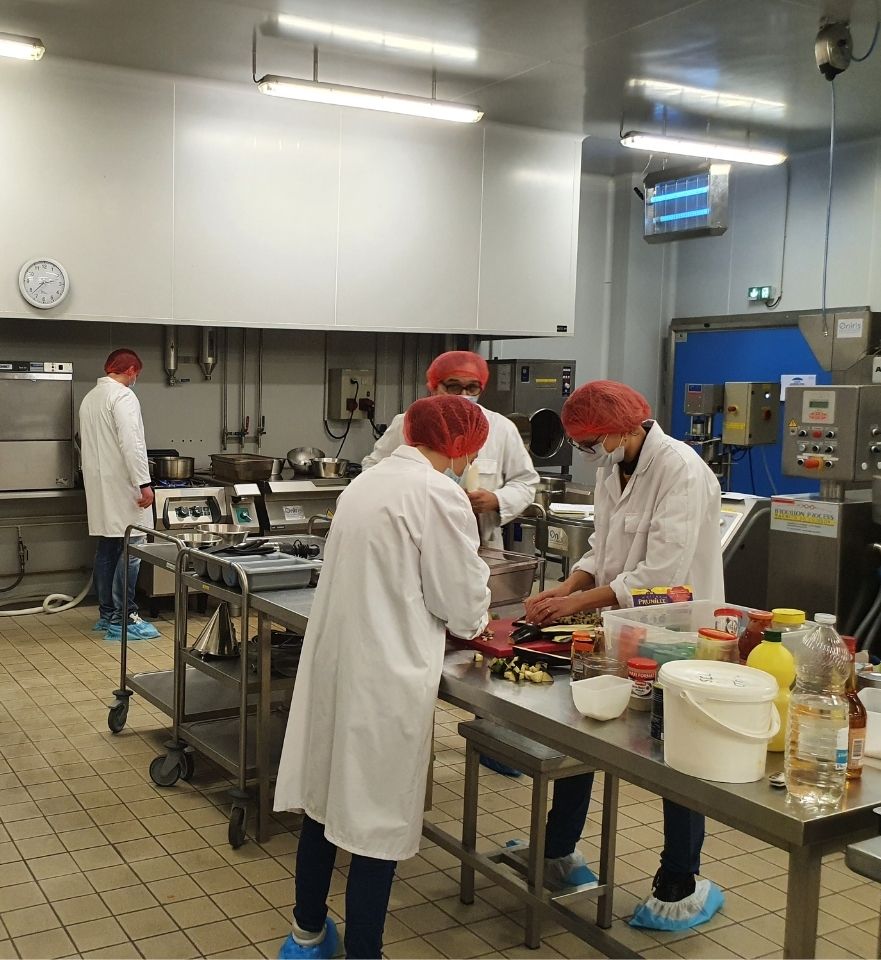
Learn how to make preserves
TRAINING IS A PREREQUISITE FOR FOOD SAFETY.
Chapter XII of Regulation 852/2004 recalls the requirements for training on HACCP and on the principles of food hygiene adapted to the professional activity, such as:
- Know the principle of manufacturing a sterilized product, the different types of heat treatment and the risks inherent to the under sterilization.
- Be qualified to operate an autoclave (if applicable)
- The practice and control of closures
The CTCPA, a reference center for the canning industry, offers you a training course leading to a certificate in Canning Operations, which can be financed via your Personal Training Account (Compte Personnel de Formation).
So don't wait any longer to create your own artisanal cannery!






